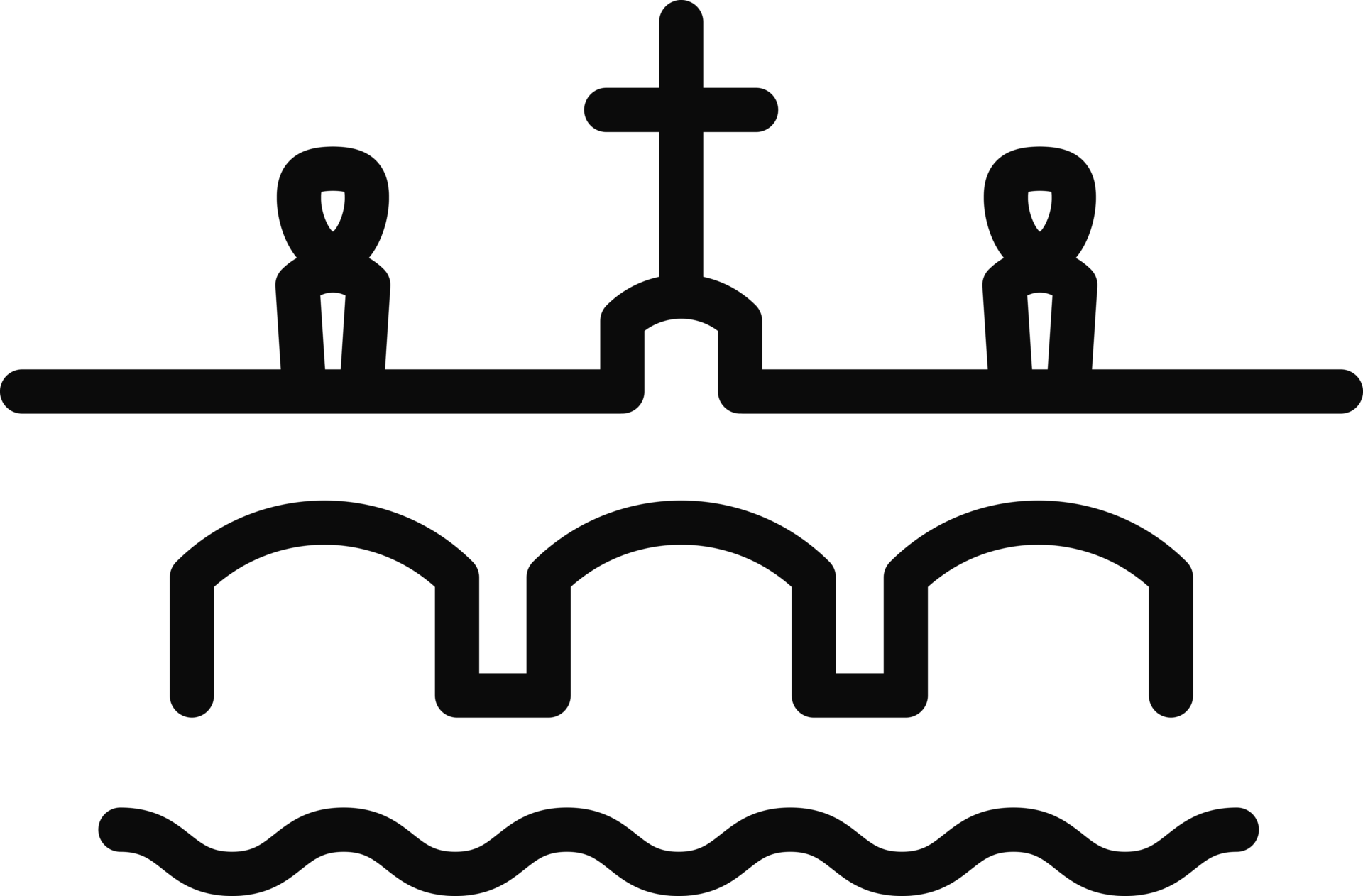Charles Bridge
Before the Charles Bridge
The first wooden bridge has been documented as early as in the 10th century. This wooden
bridge was destroyed by the big floods. The first stone bridge was built very quickly sometime
between 1158 and 1172 on the order of King Vladislav I. It was named in honor of his consort Judith.
Judith´s Bridge was damaged by the great flood in 1342.
Charles Bridge
In 14th century Charles IV decided to replace the ruins with a stronger bridge. That happened between 1357 and 1402.
Charles Bridge represents the oldest Prague Gothic bridge connecting the Old Town and the
Lesser Town. Initially it was simply known as the Stone Bridge or Prague Bridge. The bridge
has actually been known as“Charles Bridge” since 1870. It is 516 metres long and about 10 meters wide,
and was built of sandstone blocks under the supervision of the architect Petr Parléř. The bridge is
decorated with 30 sculptures and groups of statues.
Towers of the bridge
On both ends of the bridge there are the bridge towers – the Old Town Bridge
Tower and the Lesser Town Bridge Tower. All of them offer beautiful views of the Vltava
river, the Prague Castle complex and other bridges.
Public transport over the bridge
Public transport was used across the Charles Bridge for a long time. In 1883 there was a horse
tram which was replaced in 1905 by an electric tram until 1908 and was later also replaced by
buses. Since 1965 Charles Bridge has been used purely by pedestrians.
Jan Nepomucky
Charles Bridge serves as an extraordinary gallery in the open air – displaying its rich
sculptural decoration. The oldest sculpture was dedicated to St. Jan Nepomucký (John of
Nepomuk). It represents the work of the well known Baroque sculptor Jan Brokoff. It is 2.5
metres high. It was designed after the wooden model which is stored in the church of St. John
of Nepomuk on the Rock. The final sculpture was made from bronze in Nuremberg. Jan
Nepomucký used to be a favoured saint of poor people. The story goes that he refused to tell
the confessional secrets of Queen Žofie to her husband King Wenceslas IV which led to him
being tortured to death. The main attributes of the Jan Nepomucky sculpture include five stars
above his head, surplice, cross and a palm of torture. According to legend stars appeared on
the water surface above his head after he had been thrown from the bridge into the river. Stars
are the sign of the Latin word „tacet“, which means keep silent. On the bridge rail you can
find a five star cross marking the place from where Jan Nepomucky was thrown to his watery
grave.
Legend about the construction
We should also mention the legend about the construction of Charles Bridge. Charles IV
endeavoured to build this bridge as strong as possible so it’s said that raw eggs, curd and wine
were mixed into the mortar. Some of the surrounding towns were thought to have
misunderstood the order of the ruler, and sent hard boiled eggs as well as cheese.
Charles Bridge is literally only few steps from our hostel. If you want to stay with us, you can book it here.



